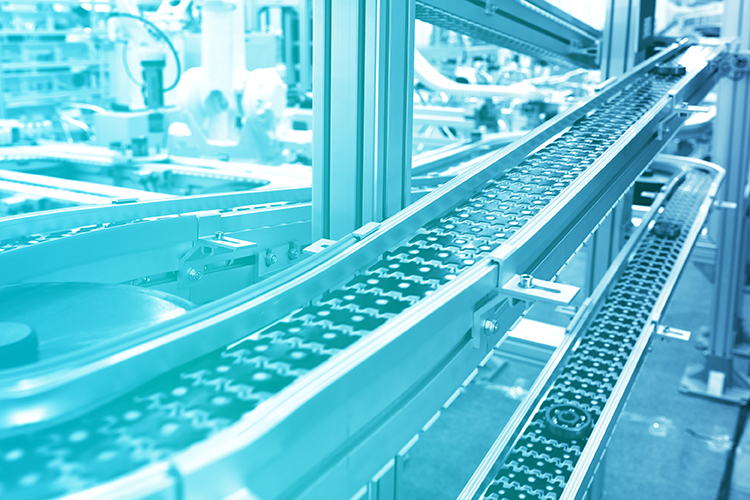The electronics inside vehicles and industrial machinery are growing increasingly complex. It takes more sophisticated technology and more advanced safety mechanisms to tame this complexity. And safety engineering is the key to tackling these demanding safety challenges. This is why safety engineering is so important to many branches of industry and a focal point of research at the Fraunhofer Institute for Cognitive Systems IKS.
Safety Engineering at Fraunhofer IKS
What is safety engineering?
As the name would suggest, safety engineering is a branch of engineering physics. It mainly entails conducting analyses and finding ways to assure and improve systems’ safety.
This includes designing, planning and putting into practice all the measures necessary to increase safety at every relevant level of a project or process. Custom safety specifications as well as standards such as DIN and ISO can serve as benchmarks for the desired safety levels. There are also statutory requirements in place for manufacturing floors and workplaces, some of which may require safety certifications.
Safety is an ideal – and one of the primary goals of engineering
Anyone who designs, plans and implements systems wants to attain the highest achievable level of safety. Yet every engineer is aware that safety can never be absolute. Every project aims for this ideal, but there always remains some residual risk or uncertainty. Safety engineering is all about helping stakeholders come as close to this ideal state as possible and minimize uncertainties by plugging safety gaps and securing critical systems to the best of their abilities. This is why safety engineering is less a to-do list of tasks to be done and dispensed with, and more a road map that requires continuous assessment to improve safety at every turn.
Key safety engineering methods
Various safety engineering methods serve to identify and mitigate or eliminate potential hazards.

Safety by design
Safety engineers strive to identify intrinsic hazards – that is, risks inherent in a system – as early as possible in the process and to take safety into account during development. For example, Fraunhofer IKS researcher Yuan Liao is working on a safety-by-design approach for autonomous systems within the framework of the European Training Network for Safer Autonomous Systems. These systems have to be able to adapt independently, especially in safety-critical areas. The goal of Yuan Liao’s research is to prevent malfunctions. To this end, he is developing AI-based algorithms that improve autonomous capabilities, but also put safety first.
Adaptive safety
Another method has safety engineers designing systems with built-in safety margins. For example, many factories continuously monitor various parameters of their production lines. A detected fault initiates an emergency shutdown that stops the given machine and restores the plant to a safe state. But not every fault warrants a total shutdown, which is why the Fraunhofer IKS is investigating adaptive safety mechanisms. The idea is for engineers to define different escalation levels at which safety mechanisms are actuated. This way, the safeguard would only shut down a specific area of a production line or slow down an autonomous system for it to continue operating at reduced or minimized capacity.
An emergency shutdown is not necessarily going to return an autonomous car to a safe state. Cases like this require more extensive safeguards. To this end, the Fraunhofer IKS is also looking into cost-effective ways of enabling fail-operational behavior for every contingency.


Safety engineering in real time
Safety engineering is vital when designing and planning systems, and it is no less important to making sure these systems continue to operate safely in the real world. Complex autonomous systems evolve, posing a particularly daunting safety challenge as they grow more sophisticated. Fraunhofer IKS researcher João-Vitor Zacchi s addressing this challenge. He is investigating a dynamic safety strategy using real-time safety contracts that make sure systems continue to behave safely. These contracts enable interacting autonomous systems to coordinate with one another. Coordinated systems’ actions become more predictable, as do deviations from the intended behavior.
What are typical safety engineering use cases?
Safety engineering methods lend themselves to practically every branch of industry. A mainstay of the automotive sector, where safety systems and standards have a long history, safety engineering is vital to developing safety concepts for autonomous vehicles.
There is also a great demand for safety engineering in manufacturing. For example, Industrie 4.0 initiatives have engineers working on automated production lines based on machine learning or artificial intelligence.
 Fraunhofer Institute for Cognitive Systems IKS
Fraunhofer Institute for Cognitive Systems IKS